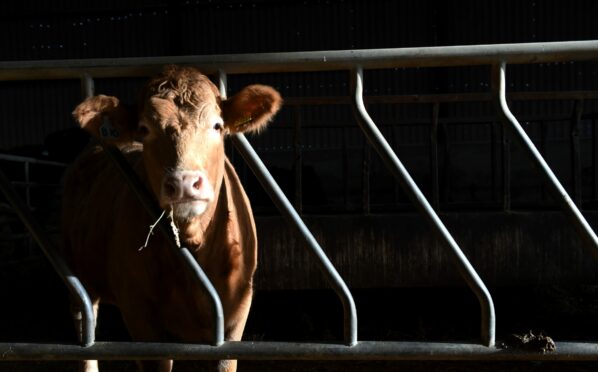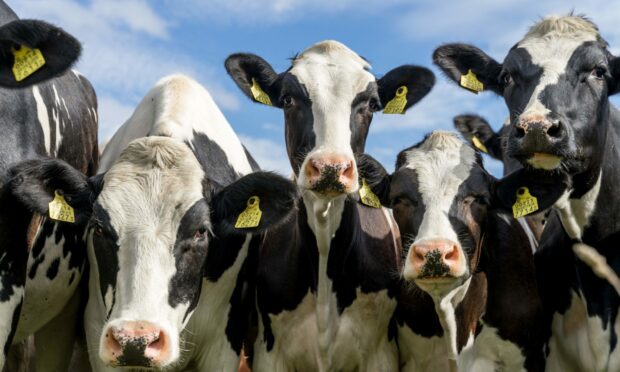A Scottish biotechnology company has been awarded funding to develop a system for early detection of Johne’s disease in cattle.
MI:RNA Ltd and SRUC Research have been given just over £180,000 from Innovate UK – the UK Government’s innovation agency – to determine whether its biomarker testing technology can be used to detect Johne’s in cattle.
The West Lothian-based company, which is a start-up which spun out of Scotland’s Rural College (SRUC), is already using its testing technology to detect heart disease in dogs and cats.
The technology uses biomarkers with a bespoke AI model and although the initial test focuses on utilising blood samples from animals, MI:RNA said it has the potential to be used with milk, faeces, urine or saliva, which could make mass testing in the agricultural sector more efficient and cost effective.
MI:RNA said it hopes the technology can be used to detect Johne’s disease – a chronic wasting disease of cattle, caused by infection with a bacteria Mycobacterium avium subspecies Paratuberculosis (MAP).
The company claims the test will help the livestock sector reduce its climate impact, as there is a direct link between greenhouse gas emission intensities and animal health.
“The Johne’s project could provide a solution to an ongoing problem with a cascade of ethical, environmental and economic benefits,” said MI:RNA Ltd chief executive officer, Dr Eve Hanks.
“For example, by eradicating Johne’s disease we would see a CO2 emissions reduction equivalent to taking 160,000 passenger vehicles off the road each year in Scotland alone.”
She added: “The agricultural sector is often overlooked when it comes to emissions, but when you scale this up, it could make a huge difference.”
MI:RNA Ltd non-executive director Kasi McReddie, who has worked in the dairy sector for 13 years, said the single largest problem in Johne’s disease control is the difficulty in detecting infected animals that are not showing signs of illness.
She said: “The MI:RNA early detection method holds the potential to become a reliable and affordable tool for vets and farmers to diagnose Johne’s before it can be further spread throughout the herd, and before it causes significant losses for the business.
“The animal welfare and environmental impacts of early detection could be massive.”

